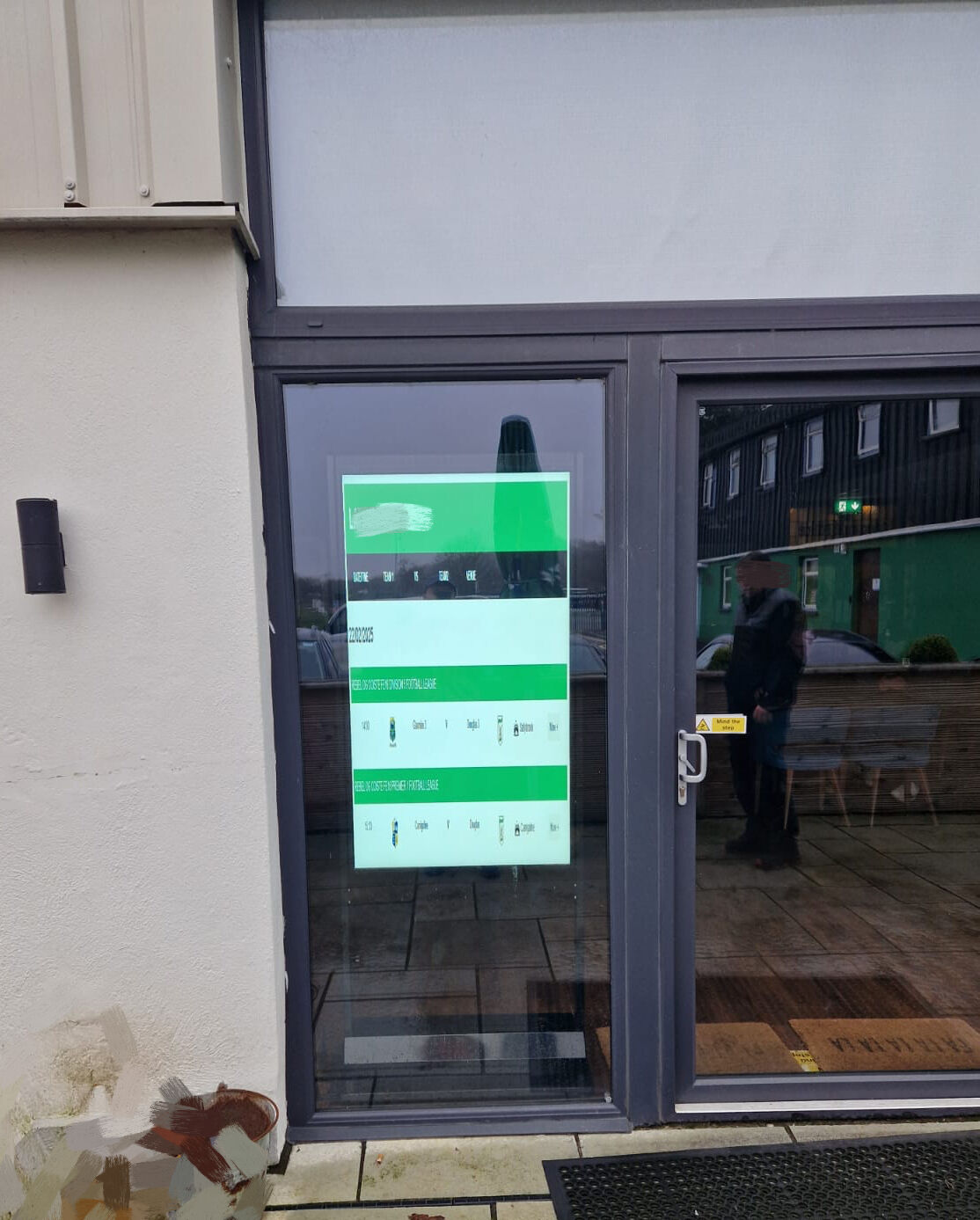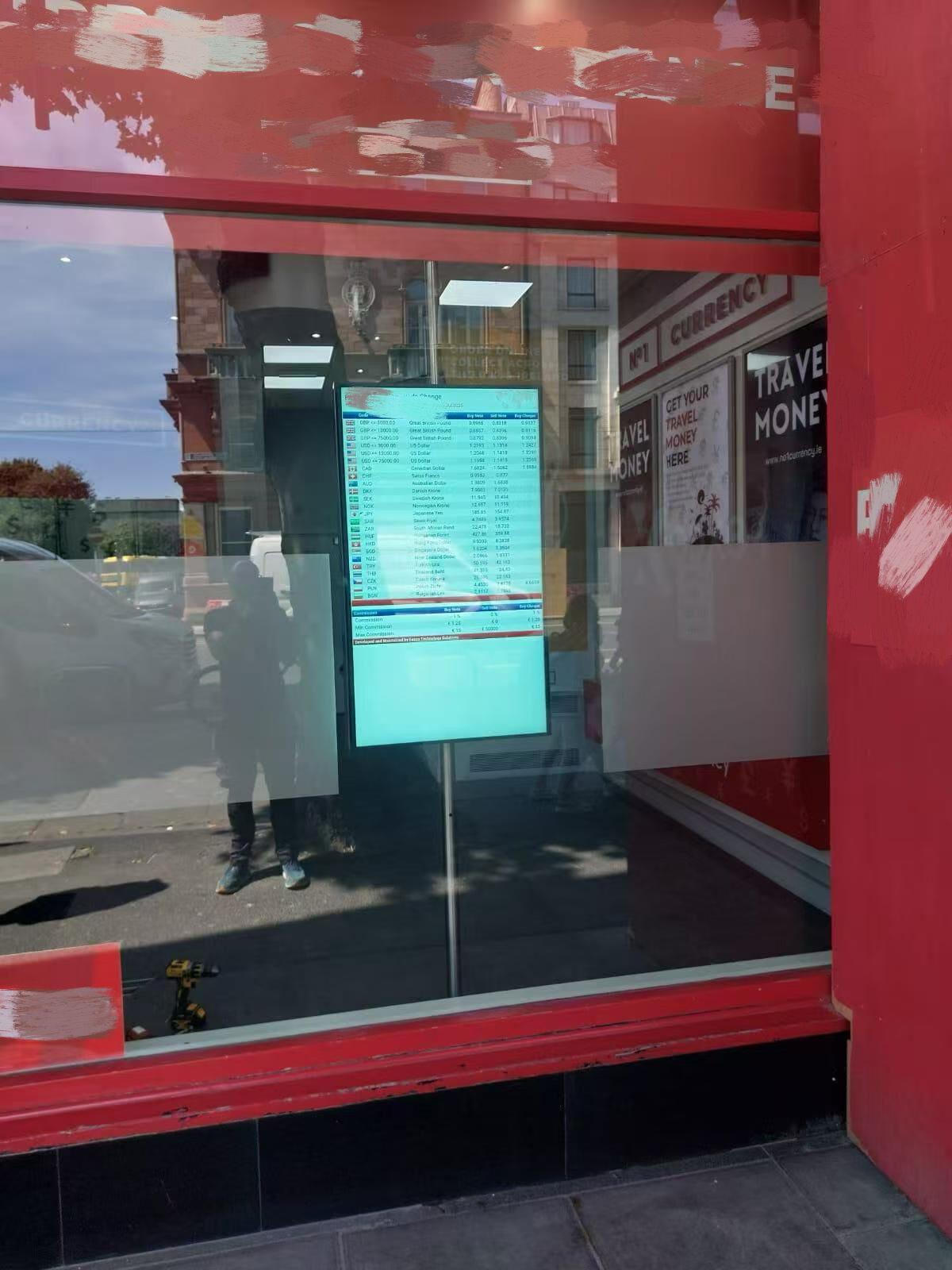
In the ever-changing retail environment, where attention is the most valuable currency, businesses are constantly looking for innovative ways to capture interest and convert foot traffic into loyal customers. One of the most transformative tools in modern retail marketing is the interactive window display. By blending dynamic visual content with responsive technology, an interactive window display creates a compelling experience that not only draws people in but also encourages direct interaction with a brand.
The growing popularity of interactive window display solutions can be attributed to their unique ability to bridge physical storefronts with digital engagement. These displays go beyond static signage to deliver immersive, real-time content that adapts to the viewer’s presence, behavior, and even preferences. As the retail world becomes more experiential, the strategic use of interactive window displays can serve as a significant competitive advantage.
Interactive window displays are designed to respond to touch gestures, body movements, or even smartphone interactions. These features create a sense of personalization, drawing potential customers closer and encouraging them to spend more time with the content. When a passerby can swipe, tap, or wave to manipulate on-screen content, the display becomes more than an advertisement—it becomes an experience.
In busy urban environments where people are constantly moving, even a few seconds of engagement can make a powerful impression. Whether it’s a virtual fitting room, product configurator, or interactive catalog, the added layer of interactivity turns window shopping into active discovery.
Unlike traditional window signage, which often relies on printed visuals and static messaging, an interactive window display allows for adaptive storytelling. Retailers can integrate multimedia elements such as video, animation, and sound to guide users through a journey. For example, a fashion retailer might use seasonal themes to rotate content daily or even hourly, ensuring the display remains fresh and relevant.
This flexibility allows businesses to tell richer brand stories and align their messaging with holidays, product launches, or trending topics. As a result, customers feel more connected to the brand narrative, increasing the chances of deeper engagement and loyalty.

One of the most immediate advantages of an interactive window display is its power to catch the eye. The vivid visuals, combined with motion-triggered animations, stand out amidst the clutter of ordinary storefronts. In high-traffic areas, this visual distinctiveness can significantly increase the number of people who stop to interact.
Moreover, a well-executed display can become a social media moment. Passersby may share videos or photos of the experience online, providing organic exposure and amplifying brand awareness far beyond the local audience. This kind of viral visibility is hard to achieve with traditional print signage alone.
By offering a preview of products, sales, or experiences inside the store, interactive displays can drive spontaneous visits. For instance, showing real-time product availability or demonstrating how a product works can remove hesitation and prompt immediate action. Combined with location-based marketing tools, retailers can even push special offers directly to nearby users’ mobile devices.
This fusion of visual intrigue and practical information helps shorten the customer decision-making process, turning curiosity into purchase behavior with greater efficiency.
Advanced interactive window displays can incorporate data analytics and AI to deliver personalized suggestions. Based on time of day, weather conditions, or even demographic data, the display can tailor its content to reflect what’s most relevant to the current audience. A shoe store might show different footwear to teens in the afternoon versus professionals during rush hour.
By aligning promotions and messaging with the viewer’s context, retailers can significantly boost conversion rates. When customers see something that resonates with their immediate needs or tastes, they are more likely to walk in and make a purchase.
Today’s consumers expect a frictionless shopping experience that spans physical and digital environments. An interactive window display can act as a bridge between these worlds by offering QR codes, NFC tags, or links to online catalogs. Even after hours, customers can scan the display and continue shopping from their mobile devices.
This 24/7 accessibility extends the display’s value and allows retailers to collect useful data on user behavior, which can be used to further refine marketing strategies. The result is a smarter, more responsive retail ecosystem.
Switching to digital displays significantly cuts down on printed materials, banners, and posters that would otherwise need frequent replacement. This not only reduces a business’s environmental footprint but also lowers costs associated with design, printing, and installation.
Interactive window displays provide a reusable platform that can be updated remotely and in real time. Whether pushing out flash sales or updating branding for a new season, the process is streamlined and cost-effective.
Most modern interactive window display systems come with cloud-based content management software. This means marketing teams can schedule, edit, and monitor content across multiple locations from a single interface. Updates can be rolled out instantly without needing on-site intervention.
This level of control reduces manpower requirements and ensures consistent branding across all outlets. It also enables fast reaction to changes in market conditions, allowing businesses to stay agile and relevant.
Interactive window displays are capable of capturing valuable metrics such as dwell time, interaction frequency, and content preferences. These analytics provide insights into what’s working and what isn’t, helping marketers make informed decisions.
Knowing which elements attract the most engagement can guide future display designs and marketing campaigns. It also supports A/B testing and continuous optimization of content strategies.
Tracking customer interactions and correlating them with foot traffic and sales data provides a clearer picture of return on investment. Compared to static signage, interactive displays allow for precise performance measurement.
Retailers can identify peak engagement times, assess campaign effectiveness, and even predict trends based on usage patterns. With this level of insight, marketing budgets can be allocated more effectively.
An interactive window display is a digital signage solution installed in a storefront window that allows customers to engage with content using touch, motion, or mobile devices. It blends real-time data, multimedia content, and responsive technology to create a dynamic and personalized experience.
It increases foot traffic, enhances customer engagement, and helps drive in-store and online sales. It also provides opportunities for brand storytelling, customer data collection, and real-time marketing.
Yes, they can. Features like QR codes, mobile integration, and 24/7 illumination allow these displays to remain effective even when stores are closed. This helps extend engagement beyond typical working hours.
Though the initial investment may be higher than traditional signage, the long-term benefits include reduced printing costs, remote content management, better customer engagement, and measurable ROI. These factors contribute to their overall cost-effectiveness.

Copyright © 2025 Shenzhen YJCen Technology CO.,Ltd. All rights reserved. - Privacy policy